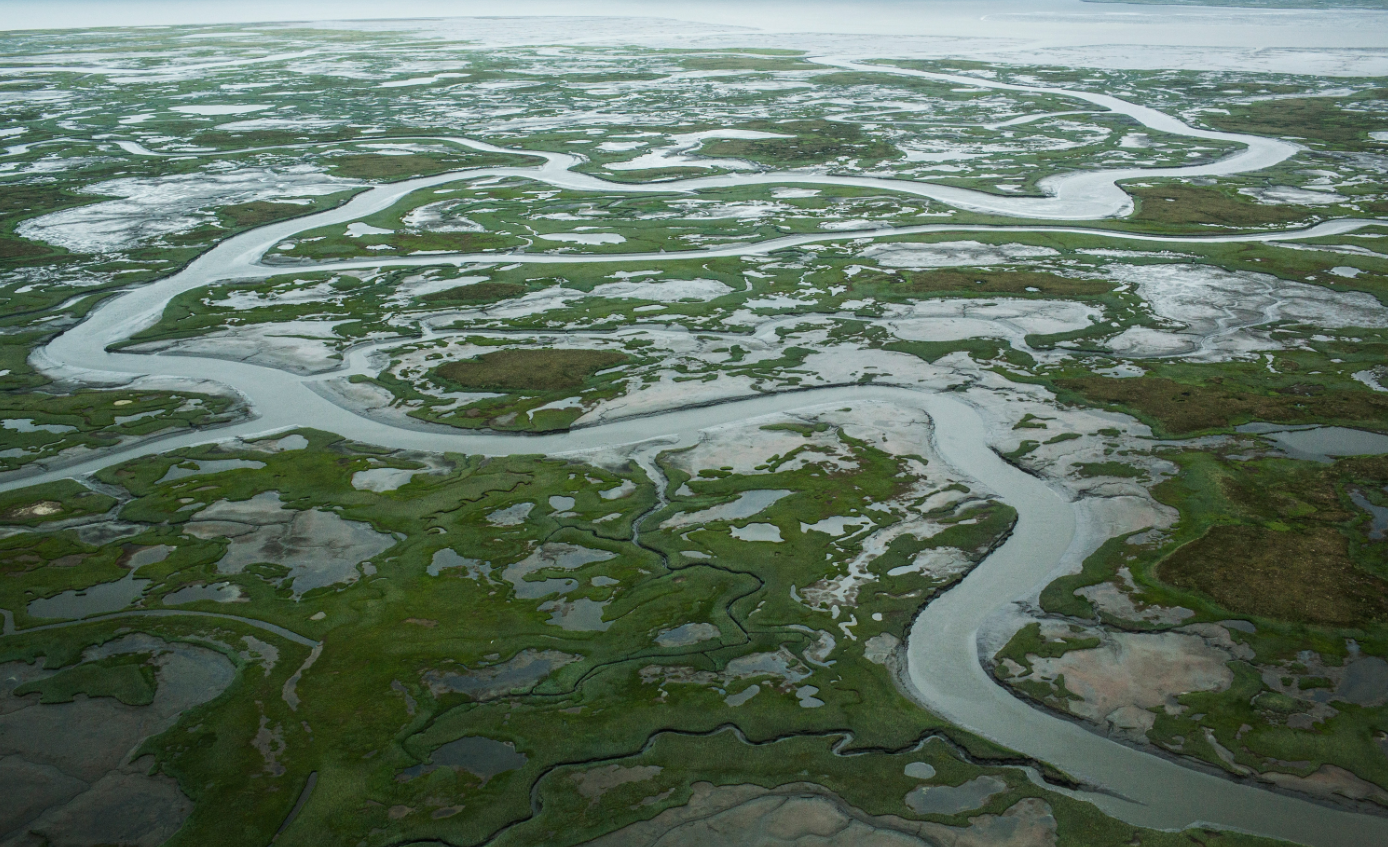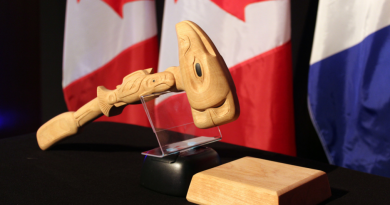Arctic Alaska permafrost thawing quickly

Even as he monitored signs of thaw under the ground of Interior Alaska, permafrost expert Vladimir Romanovsky was giving assurances a few years ago that the frozen ground on the North Slope would hold fast for several decades.
“’During this century, nothing would happen.’ That’s what I would say about five years ago,” said Romanovsky, head of the permafrost laboratory at the University of Alaska Fairbanks Geophysical Institute.
“I cannot say it anymore,” he said.
What he and his team at UAF have discovered, Romanovsky said at a news conference at theAmerican Geophysical Union annual meeting in San Francisco, is that North Slope permafrost is warming far more rapidly than previously anticipated.
In the late 1980s, the mean annual temperature of the top layer of permafrost in Deadhorse was minus-8 degrees Celsius. This year, it was minus-3 degrees Celsius, and has been even warmer and closer to the thaw level in some recent measurements, Romanovsky said.
New projections
Three decades of records from the North Slope show that permafrost temperatures closely track air temperatures, he said.
Just how much will thaw in the future, and how much ground will sink as a result of thaw, depends on the degree of climate change through the rest of the 21st century, Romanovsky said.
New projections he and his UAF colleagues calculated show that reductions in carbon dioxide could save North Slope permafrost, he said.
Should carbon emissions continue to rise at current rates, widespread warming of the permafrost will also increase dramatically, he said. Under what is known as the RCP 8.5 scenario – considered the “business-as-usual” model – the result will be that on “more than two-thirds of (the) North Slope by the end of the century, mean annual temperature at two meters’ depth will be about zero degrees Celsius,” Romanovsky said. Under that scenario, large sections of North Slope land will be thawed throughout the year, a type of soil known as talik, he said.
Correspondingly, land over most of the North Slope will slump, with large sections subsiding by several meters, he said.
Oil development & warming
But under a scenario known as RCP 4.5 – a projection that assumes a leveling off of carbon emissions by about mid-century and a lower level of global warming through 2100 — the permafrost remains largely intact, under the calculations.
Under that scenario, “permafrost is still there,” Romanovsky said. “Probably it will be warmer, much warmer, but it will still be stable.”
There will be ground sinking across nearly all of the North Slope under the RCP 4.5 scenario, but most of it will be no deeper than 20 centimeters, according to the calculations, he said.
The warming caused by global carbon emissions is not the only factor causing North Slope permafrost to warm and edge toward thaw. Oil field development – particularly gravel pads used for oil operators – exacerbates the warming of permafrost in places like Deadhorse, Romanovsky said.
For the oil industry, the expected thaw and land slumping mean new challenges, Romanovsky said. Development to date was premised on past permafrost conditions, with cold and solid ground. In the future, the industry will face problems as the ground warms, he said.
“There are some engineering solutions … to fix it, but these solutions will be more and more expensive,” he said. “I would expect that infrastructure will still be functioning, but with much more expense compared to what they have to do now.”
Away from the oil fields, permafrost thaw is projected for the five National Park Service units across northern Alaska, said Santosh Panda, another UAF researcher who presented findings at the AGU conference.
Those five units — Gates of the Arctic National Park and Preserve, Noatak National Preserve, Kobuk Valley National Park, Cape Krusenstern National Monument and Bering Land Bridge National Preserve – cover 20 million acres.
In the first decade of the 21st century, permafrost covered 99 percent of that park territory, Panda said. By 2050, a time when temperatures in that part of Alaska are expected to be 2 degrees Celsius warmer than now, 89 percent of the land is expected to have permafrost beneath the current active soil layer, he said. By the end of the century, only 36 percent will have permafrost, he said.
Related stories from around the North:
Canada: COP21 – View from Canada’s Northwest Territories, Eye on the Arctic
Finland: Mixed reactions in Finland to Paris climate accord, Yle News
Greenland: Paris – A COP-out for Arctic Peoples?, Ice-Blog
Sweden: Positive reaction to climate deal in Sweden, Radio Sweden
United States: Warming evident in Arctic air and waters: report, Alaska Dispatch News



